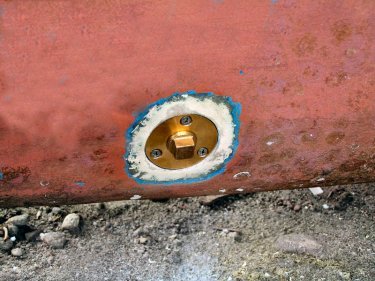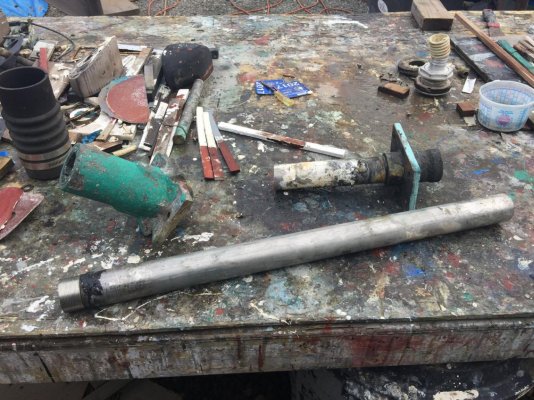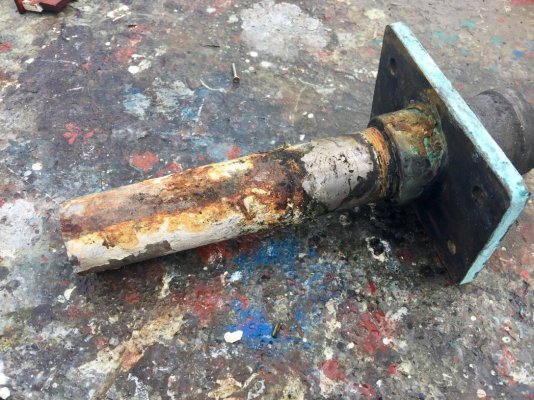Believe it or not Ive been working on yachts for over 38 years, There is no one in the north Georgia area that knows any thing about trawlers. No One. I was hired because my knowledge of inboard boats in general and My exceptional reputation for giving good service at a reasonable price and backing my work ,now I admit I don't know every thing there is to know about Trawlers so I joined this forum to gain some insight on how the shaft tube is installed on a Marine Trader. there is no information on the web at all and as a fellow boater I thought id join up here and pick yalls brains.. ..
I have the shaft out and now know why it was leaking. the shaft was rubbing on the bottom of the flange for the packing tube and completely wore it out, now I have to figure out a way to replace it . any tips or suggestions would be appreciated
My intent was not to insult you but every one of us has our limits. I was the "go to" guy at work but there were a few times when I realized that I needed help from outside. We are all human.
I'm still surprised that with your many years of experience, you would turn to a trawler forum for advice. Many of us do not do this kind of work and much of the advice you will receive here is questionable.
I would think you would have contacts in the business or at least a place on the Internet where professional boat people swap advice.



